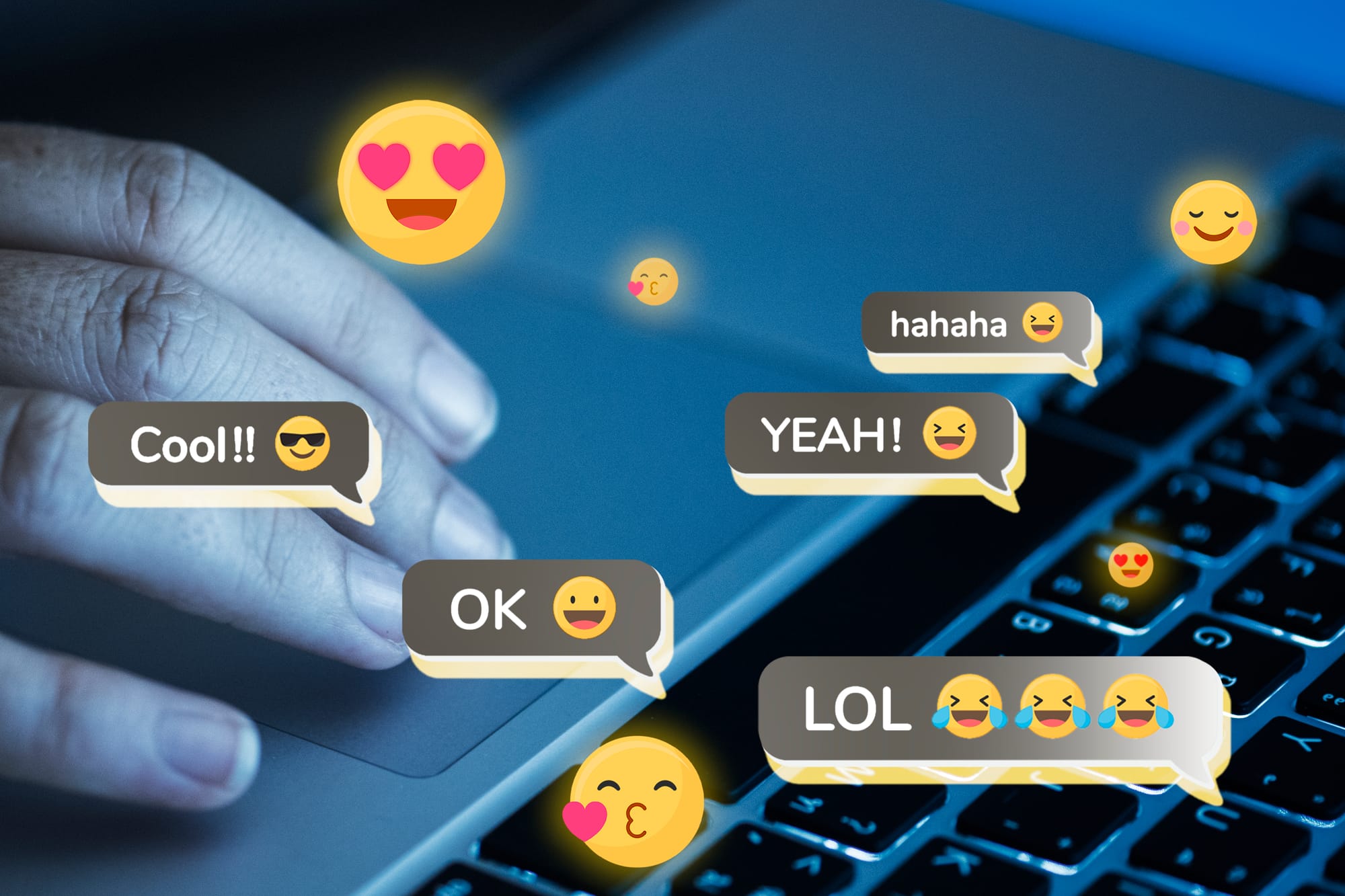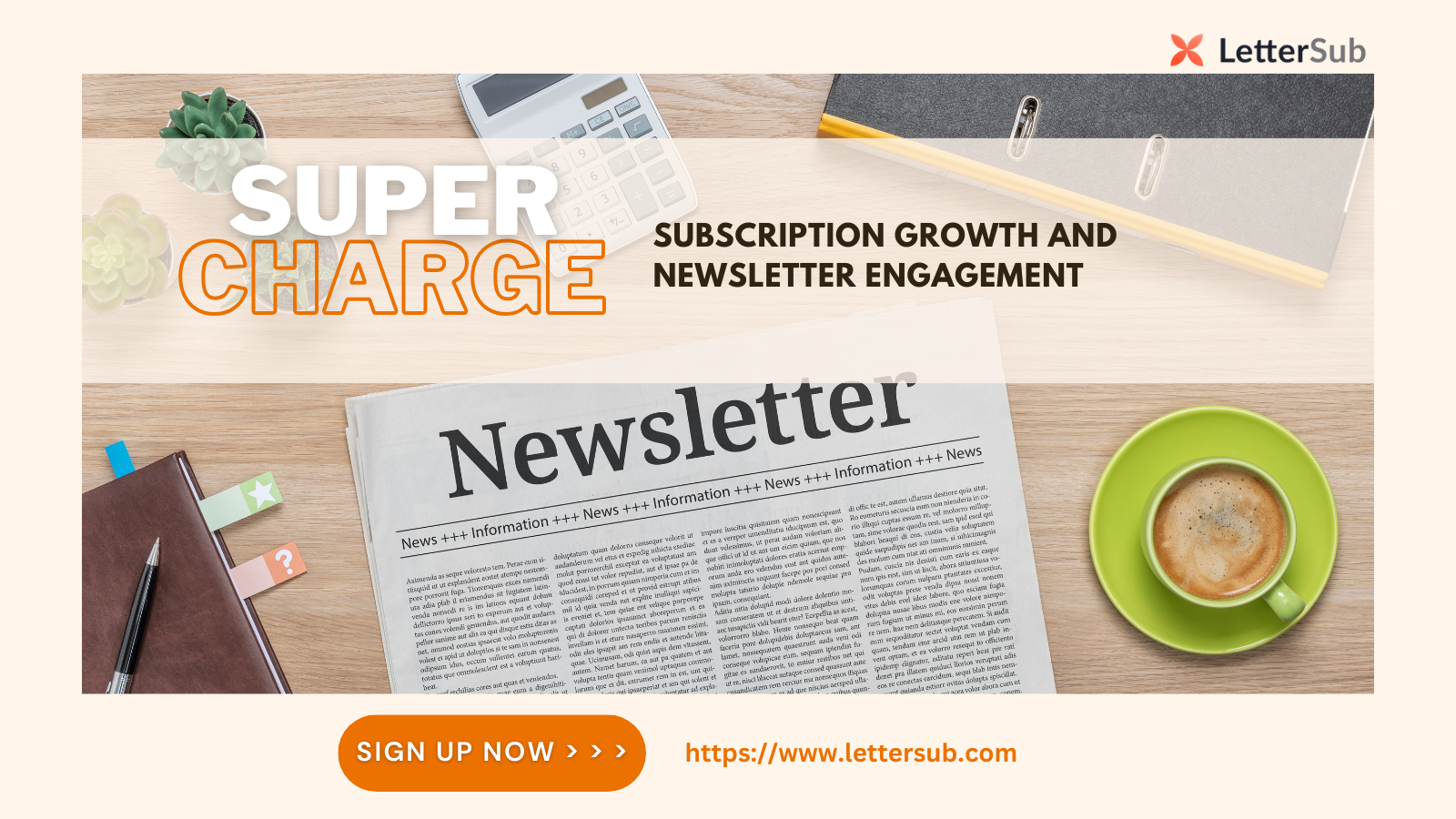10 Newsletter Trends That Will Transform Your Email Marketing Game

Email marketing is a powerful tool that continues to stand the test of time, even as new platforms emerge. For businesses, creators, and hobbyists alike, newsletters provide a personal, direct way to engage with an audience. But as effective as email marketing can be, it’s not immune to change.
To keep your newsletters fresh and engaging, it’s important to stay ahead of the latest trends shaping how readers interact with emails. Whether you’re a beginner just starting or an experienced marketer refining your strategy, knowing what’s current can help you stand out from the sea of emails your audience receives daily.
In this blog, we’ll uncover 10 essential email marketing trends that can help you craft newsletters that resonate. From personalization to visual storytelling, these trends will elevate your email campaigns and deepen your connection with readers. Let’s dive in!
1. Personalization Goes Beyond the First Name

What it is
Personalization in email marketing used to mean addressing the recipient by their first name, but that’s no longer enough. Modern personalization dives deeper into understanding subscribers’ behaviors, preferences, and interests. This can include using data like their past purchases, website activity, or even location to craft targeted messages.
For instance, you could send a newsletter recommending products similar to items they’ve previously browsed or create birthday-specific discounts. With the help of customer relationship management (CRM) tools, personalization can be automated to make your emails feel tailored without added effort.
Why it works
People appreciate when content feels relevant to them. Receiving an email that aligns with their interests feels more personal and less like generic marketing. Personalized emails also perform better in metrics like open rates, click-through rates, and conversions.
When subscribers feel understood, they’re more likely to trust your brand and engage with your newsletters. This approach ensures that your newsletters stand out amid the clutter in inboxes.
Example
Let’s say you run an online bookstore. Instead of sending a generic newsletter, segment your audience based on genres they’ve shown interest in. A reader who frequently buys mystery novels could receive a personalized email recommending new releases in the mystery genre. Include a subject line like, “Your Next Mystery Obsession Awaits!” with links to specific books tailored to their preferences.
2. Interactivity Boosts Engagement

What it is
Interactive emails incorporate elements like polls, quizzes, surveys, or clickable image carousels that encourage readers to actively engage with the content. This transforms newsletters from static pieces of content into dynamic experiences.
The interactivity can be as simple as a clickable “Yes/No” poll or as advanced as a mini-game embedded within the email. Interactive content not only makes your newsletters fun but also provides valuable insights about your audience.
Why it works
Interactive emails create a two-way communication channel with your audience, making them feel more involved. This increases engagement rates and makes your content more memorable.
Plus, it provides useful data about your subscribers’ preferences, which can be used for further personalization. People are naturally drawn to engaging experiences, and interactive emails help you stand out from traditional text-heavy newsletters.
Example
Imagine you’re a travel blogger planning a newsletter about your top 10 vacation destinations for 2024. Include a poll asking subscribers, “Where do you want to travel next?” with options like beach, mountains, or city. You can also embed a quiz, “Find Your Perfect Destination,” that leads readers to your blog post with personalized recommendations based on their quiz answers.
3. Mobile-First Design

What it is
With more than 60% of email opens happening on mobile devices, designing newsletters for mobile-first is no longer optional—it’s a necessity. Mobile-first design ensures that your emails are easily readable and navigable on smaller screens.
Key practices include single-column layouts, larger fonts, tappable buttons, and concise, scannable content. This approach ensures that your email looks great on both mobile and desktop.
Why it works
If your emails aren’t optimized for mobile, they may appear broken or difficult to read, leading to higher bounce rates. A mobile-first approach ensures a smooth experience for the majority of your audience and increases the likelihood of engagement.
With readers’ attention spans shrinking, a clean, mobile-friendly design helps convey your message quickly and effectively.
Example
A newsletter promoting a new product could feature a single-column layout with bold product images, short descriptions, and large buttons like “Shop Now” or “Learn More.” For a fashion brand, include tappable product categories such as “Summer Dresses” or “Workwear Essentials,” optimized for seamless browsing on mobile.
4. Storytelling with a Personal Touch

What it is
Storytelling involves weaving a compelling narrative into your email to connect with your audience on a personal level. Instead of just pitching a product or idea, newsletters can share anecdotes, success stories, or behind-the-scenes updates.
It’s about crafting an emotional bond that resonates with your readers. Personalization adds even more value, making the story relevant to the subscriber’s journey.
Why it works
Humans are naturally drawn to stories. They evoke emotions and create memorable experiences. A great story can shift your email from being just another marketing pitch to a moment of connection.
Storytelling builds trust and gives your audience a reason to look forward to your newsletters. This is especially impactful for small businesses and creators, where authenticity and relatability are powerful selling points.
Example
If you’re a fitness coach, your newsletter might include a story about how a client overcame their fitness challenges using your program. For instance, “Meet Sarah: How She Ran Her First 5K at 40.” Share a photo of Sarah, snippets of her journey, and how your audience can achieve similar results with your guidance. End with a call-to-action like, “Ready to start your fitness journey? Let’s do it together.”
5. Focus on Accessibility

What it is
Email accessibility ensures your newsletters are readable and engaging for everyone, including people with disabilities. This includes designing with high-contrast color schemes, using alt text for images, and ensuring proper heading structures for screen readers.
Additionally, your text should be simple, clear, and free of jargon to make it inclusive for non-native speakers or beginners.
Why it works
Accessibility broadens your potential audience, ensuring you’re not excluding anyone from engaging with your content. It shows your commitment to inclusivity, which can enhance your brand image.
Moreover, an accessible design improves the user experience for everyone, making your newsletter easier to navigate and understand.
Example
A food blogger might use descriptive alt text for an image of a recipe: “A vibrant bowl of spaghetti carbonara, topped with crispy pancetta and grated Parmesan.” Avoid vague labels like “Image of food.” Pair this with a clear subject line like “5-Minute Pasta Recipes for Busy Nights” and ensure clickable links have descriptive text, such as “Get the Recipe Here” instead of “Click Here.”
6. Data-Driven Insights and A/B Testing

What it is
A/B testing involves sending two variations of an email to small groups of subscribers to see which one performs better. By testing subject lines, visuals, CTAs, or layouts, you can determine what resonates most with your audience. Coupled with analytics, you can continuously improve your email performance based on actual subscriber behavior.
Why it works
Instead of guessing what works, A/B testing provides real data to guide your decisions. It helps optimize your emails for higher open rates, click-throughs, and conversions.
Analytics also highlight patterns in subscriber behavior, enabling you to fine-tune your content for maximum engagement.
Example
A travel agency might test two subject lines: “Your Dream Vacation Awaits!” vs. “Save Big on Getaways This Summer.” They could also experiment with different CTA buttons, such as “Book Now” vs. “Explore Destinations.” By analyzing which version drives more clicks, they can craft better-performing emails in the future.
7. User-Generated Content (UGC)

What it is
User-generated content is any content created by your audience, such as testimonials, reviews, or photos. Incorporating UGC into your newsletters not only showcases authentic experiences but also builds community by highlighting your subscribers.
It can be as simple as featuring a customer photo or as elaborate as spotlighting a fan’s success story.
Why it works
UGC builds trust because it’s seen as more genuine than polished marketing content. It gives potential subscribers a reason to believe in your product or service, as they see real people benefitting from it.
UGC also strengthens loyalty by celebrating your audience and making them feel part of your brand.
Example
A skincare brand might feature a testimonial from a customer who used their product: “I’ve struggled with acne for years, but [Product Name] cleared my skin in just two weeks!” Pair this with a before-and-after photo (with permission) and a CTA like, “See the Results for Yourself.”
8. Minimalist and Clean Design

What it is
In an age of information overload, minimalist emails focus on simplicity. A clean design eliminates unnecessary distractions, ensuring your message is clear and impactful.
These emails often feature white space, a single bold image, concise text, and one call-to-action.
Why it works
Minimalism reduces cognitive load, making it easier for readers to process your content. It emphasizes your key message, improving click-through rates. A clutter-free design also conveys professionalism, making your brand appear polished and trustworthy.
Example
A tech company promoting a new gadget might send an email with a sleek product image, a one-line description like “The Smartwatch That Does It All,” and a bold CTA button saying, “Learn More.” Avoid overwhelming your audience with excessive details—keep it simple.
9. AI and Automation for Smarter Campaigns

What it is
AI and automation tools enable you to send personalized, timely emails at scale. They can analyze subscriber behavior, predict preferences, and automate follow-ups based on actions like clicks or purchases. This ensures your audience gets the right content at the right time.
Why it works
Automation saves time while ensuring consistent communication with your audience. AI-powered insights allow for hyper-targeted campaigns, making your emails feel more relevant and increasing engagement. Subscribers appreciate receiving timely, helpful emails rather than generic ones.
Example
An e-commerce store could send an automated “Thank You” email after a purchase, followed by a “How’s Your New Product?” email a week later, asking for feedback or offering tips. AI could also suggest related products based on their purchase history.
10. Eco-Friendly and Sustainable Messaging

What it is
Eco-conscious consumers appreciate brands that prioritize sustainability. Highlighting your eco-friendly practices in newsletters—whether it’s reducing packaging waste, supporting green initiatives, or donating to environmental causes—can resonate deeply with your audience.
Why it works
Sustainability is more than a trend; it’s a value that many consumers hold dear. Sharing your eco-friendly efforts shows transparency and aligns your brand with a cause that matters to your audience. This can deepen loyalty and inspire subscribers to support your business.
Example
A fashion brand could send a newsletter titled “Sustainable Style: Our New Eco-Friendly Collection,” detailing how their clothes are made from recycled materials. Include a CTA like “Shop Sustainable Now” and links to read more about the brand’s environmental initiatives.
Staying ahead of email marketing trends is essential to keep your newsletters engaging and effective. From leveraging personalization and interactivity to embracing sustainability and minimalist design, these strategies can set your emails apart from the competition. Whether you’re just starting or looking to refine your approach, incorporating these trends will help you connect with your audience and grow your email list.
Don’t forget to take advantage of LetterSub! It’s more than a platform—it’s a space where you can promote your newsletters to a wider audience and connect with like-minded individuals. Whether you’re sharing your story, showcasing your products, or building a loyal community, LetterSub is here to help you amplify your reach. Sign up today and take the next step in your newsletter journey!
